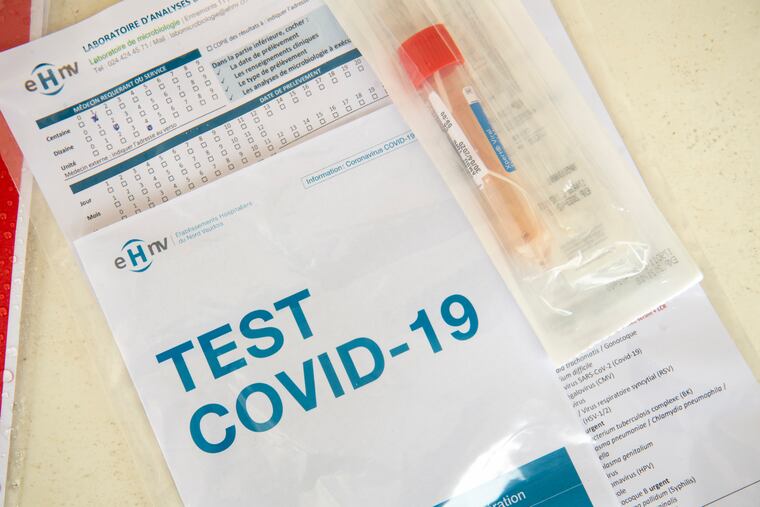Keeping the country closed until everyone is tested is not feasible | Expert Opinion
Reopening certain elements of society and ramp up our testing in parallel is the best course to manage the virus, retain most of the benefits of lockdowns, and mitigate societal damage.
